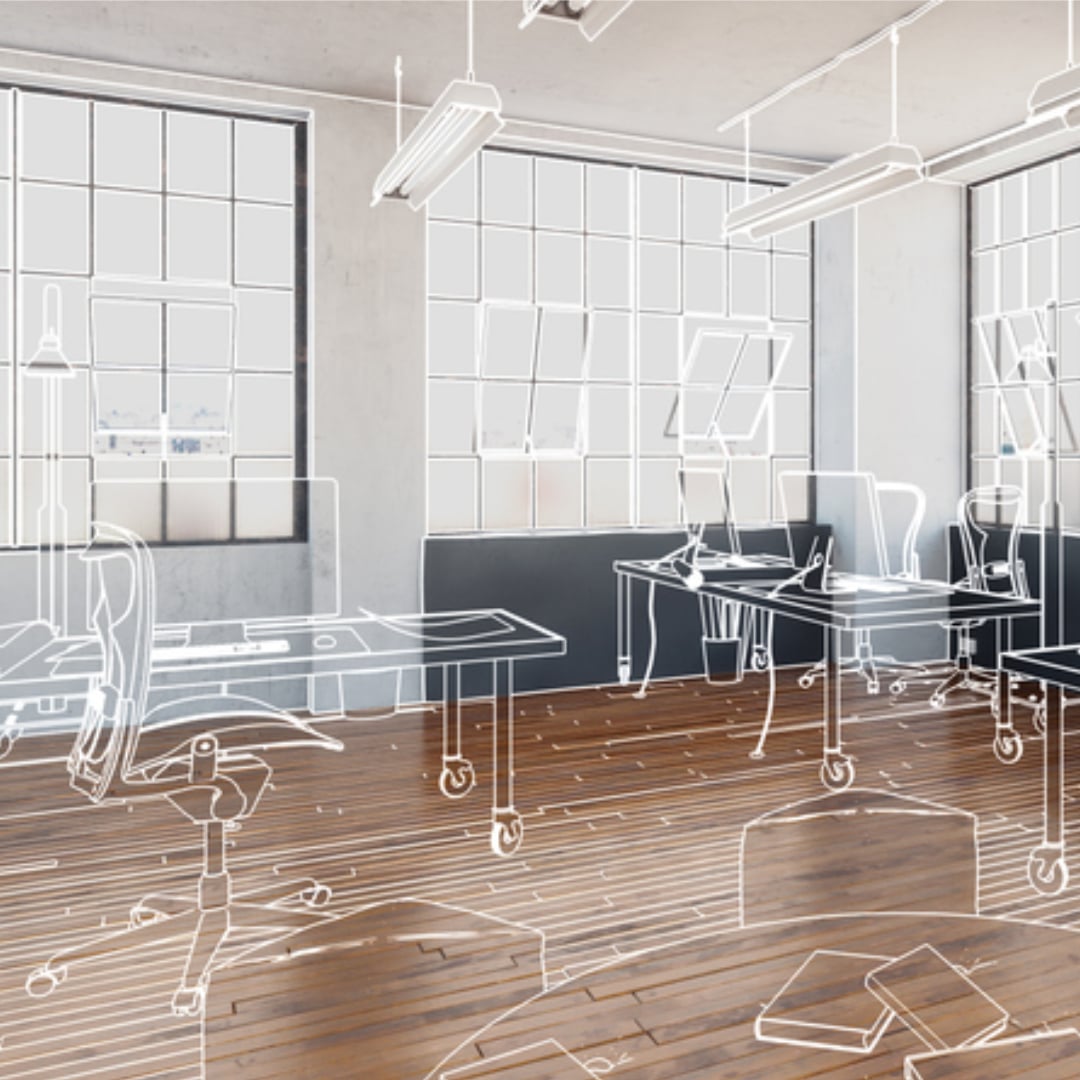Stranded Assets and Building Transformation Trends: A Glimpse into the Future of Real Estate

Stranded Assets and Building Transformation Trends: A Glimpse into the Future of Real Estate
Sustainable practices and climate-conscious design are becoming more and more of a priority. As such, many buildings are at risk of becoming stranded assets. A stranded asset is a building that is no longer profitable or useful due to its inability to meet the demands of the current market. In the case of buildings, this can happen for a variety of reasons, such as outdated systems, lack of energy efficiency, or location in areas that are no longer desirable.
However, many of these buildings can be transformed into valuable assets. Here are some building transformation trends to consider:
- Adaptive Reuse involves repurposing an existing building to serve a new function. For example, transforming a former factory into a mixed-use space with offices, retail, and residential units. Adaptive reuse can be a sustainable solution that preserves historic buildings while reducing the environmental impact of new construction.
- Buildings that are energy-efficient are more valuable in the long run. Energy Retrofits can include updating insulation, installing energy-efficient windows, and upgrading HVAC systems to reduce energy consumption. These updates can reduce operating costs and make the building more attractive to tenants and buyers.
- Incorporating smart building technologies can make buildings more efficient and cost-effective. For example, sensors can monitor occupancy levels and adjust lighting and temperature accordingly, reducing energy usage. Additionally, smart systems can detect and predict maintenance issues, improving the building’s overall performance.
- Biophilic Design incorporates natural elements such as plants and natural light into the building design. Biophilic design has been shown to improve employee well-being, increase productivity, and reduce stress. Buildings that incorporate biophilic design elements can be more desirable to tenants and buyers.
- A circular economy approach focuses on reducing waste and maximizing resource use. Building transformations may repurpose materials from existing buildings and incorporate them into new construction projects. Adopting circular economy practices can help reduce the environmental impact of construction and make buildings more sustainable in the long run.
How can you repurpose your space?